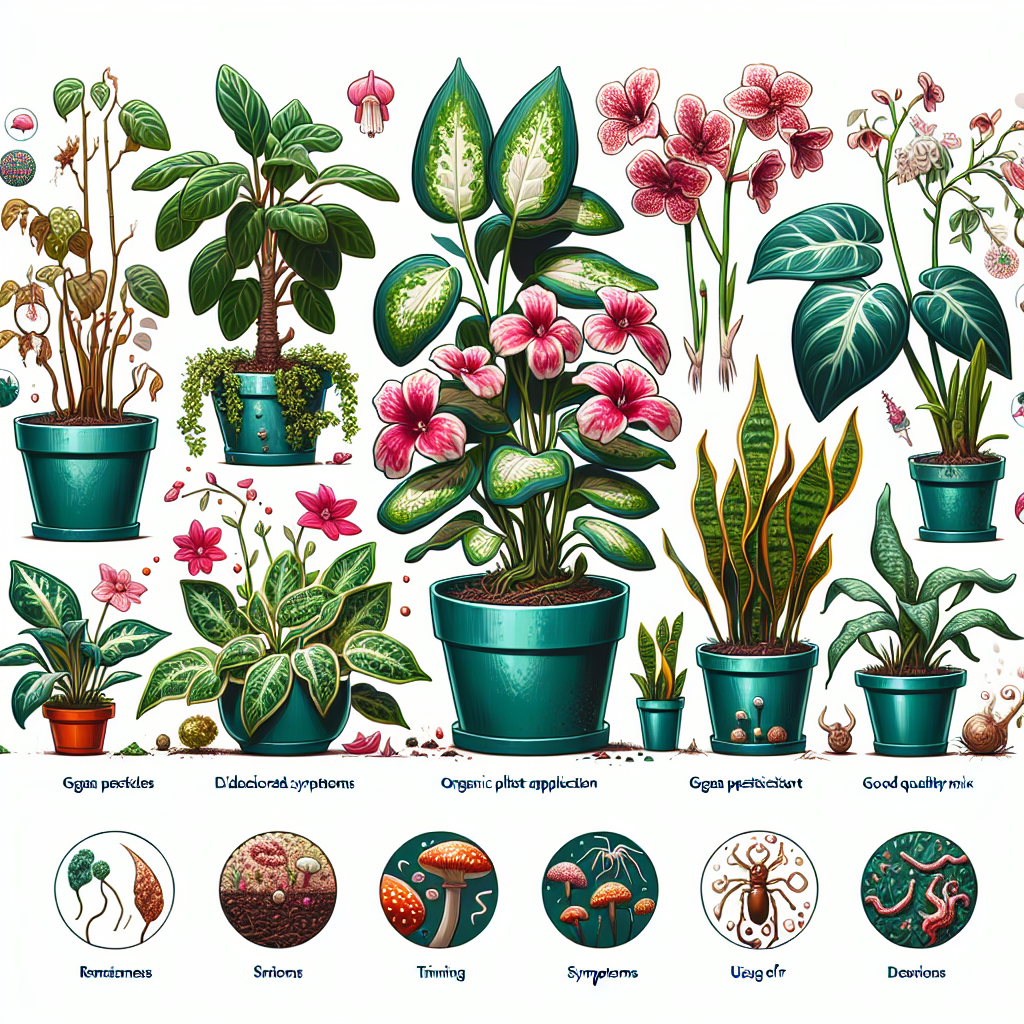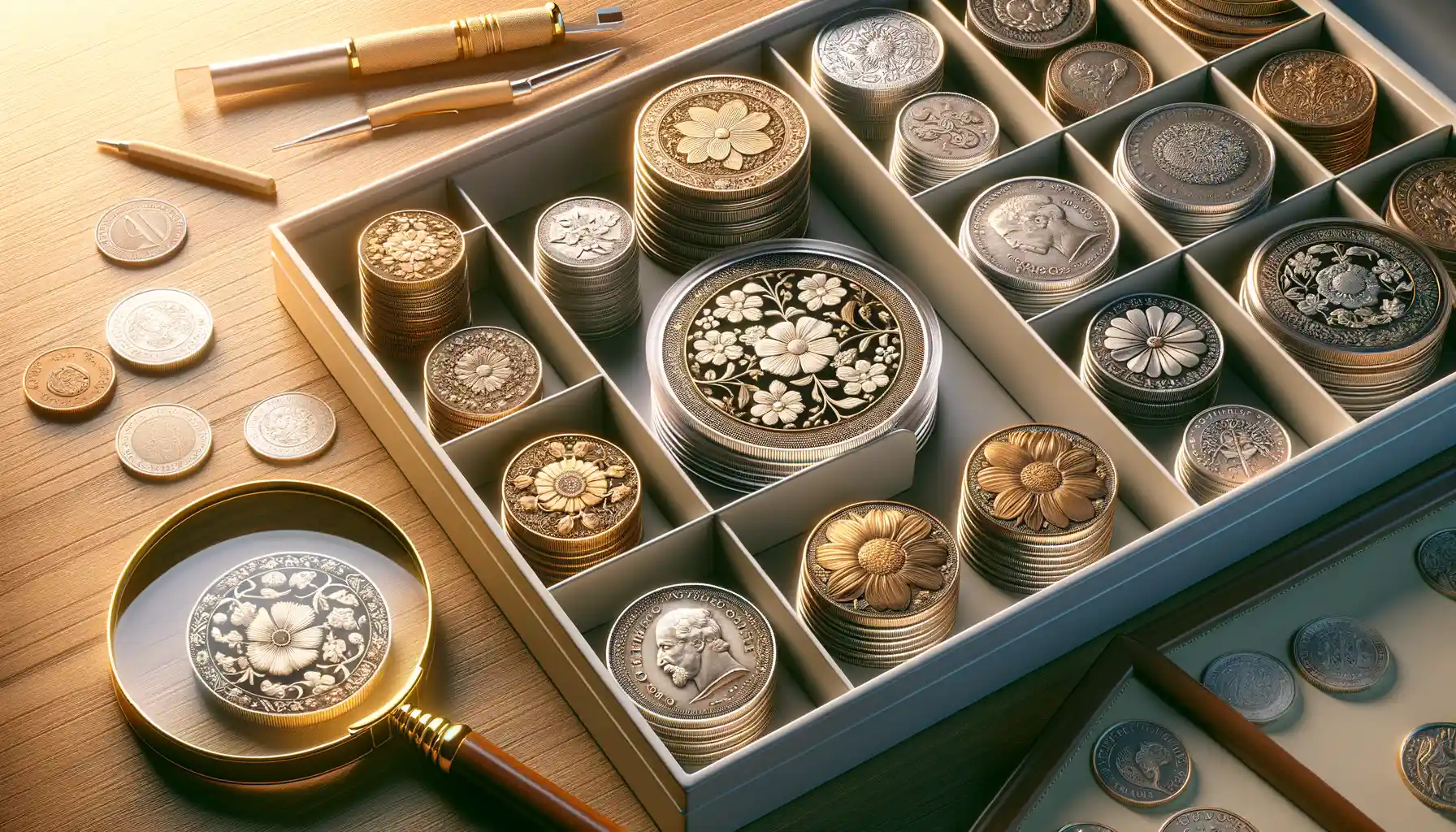Historical Significance of Flowers in Numismatic Art
Blooming Chronicles on Ancient Coins
From ancient Greece to imperial China, the history of flowers etched into coins whispers tales of beauty, power, and cultural identity. Picture this: a delicate lotus flower engraved on a gold coin from the Gupta Empire, not merely as a decoration but as a symbol of purity and spiritual enlightenment. These weren’t just everyday objects; they were miniature canvases that captured the soul of an era.
Across the Mediterranean, the Greeks and Romans used floral designs to shout out their city-states’ pride or pay homage to their gods. Take the dainty rose on Rhodian coins, for example. Known as the “Island of Roses,” Rhodes knew how to wear its heritage like a badge of honor—on cold, hard silver.
- The laurel wreath: A Roman emblem of victory, powerfully paired with floral detailing.
- Chrysanthemums: Found on Japanese coins, these blooms symbolize loyalty and the Emperor himself.
- Shamrocks: Small yet mighty, representing Ireland’s resilience and charm on modern pound coins.
How Flowers Transformed Currency Into Storybooks
But these floral designs weren’t just pretty faces. They carried weight—political, spiritual, even emotional. In medieval Europe, for instance, lilies adorned coins to signify the divine right of kings. Imagine holding a coin not only as money but as a token of faith, a declaration of who ruled by heaven’s decree.
Flowers carved into currency told stories in languages beyond words. They bridged cultures, linking empires across oceans and time. Today, when we look at these ancient pieces, don’t they feel like tiny windows offering a glimpse into the lives, beliefs, and dreams of those who came before us?
Symbolism of Flowers on Coins and Medals
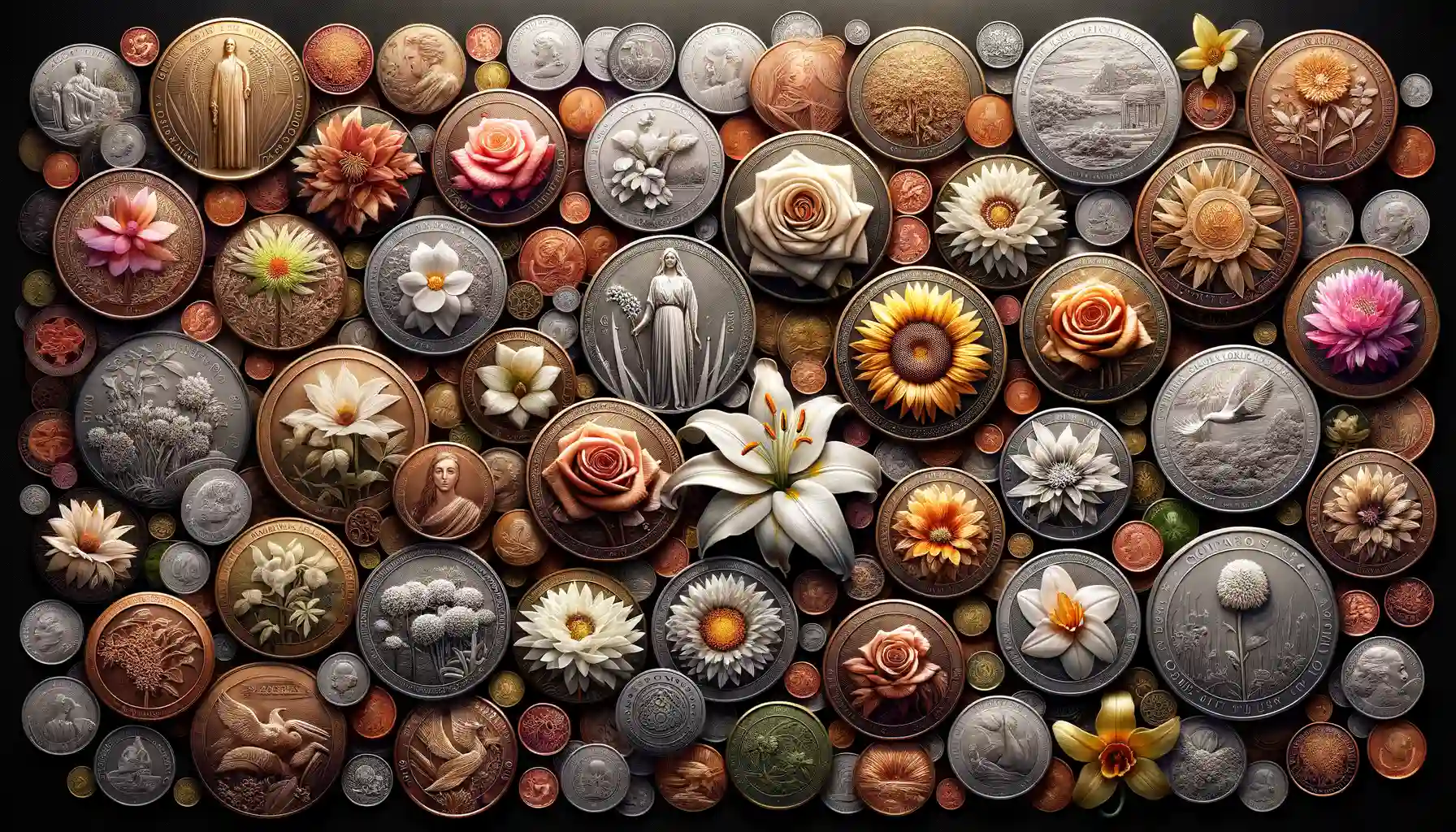
Whispers of Meaning: Flowers as Symbols on Coins
Coins and medals adorned with floral motifs aren’t just pieces of metal—they’re storytellers, whispering messages across centuries. Each bloom carries a unique narrative, weaving together themes of love, power, grief, and hope. For instance, the humble poppy, etched onto medals of remembrance, speaks louder than words about sacrifice and valor. Or consider the graceful lotus—an emblem of purity and rebirth often engraved on coins from India and Southeast Asia, telling tales of spiritual renewal.
Some flowers transcend cultural boundaries, like the radiant rose. Its image graces British coins, embodying unity as the Tudor Rose while simultaneously hinting at romantic ideals. A coin collector might even find an unexpected dash of wit in the depiction of a four-leaf clover—luck immortalized in metal!
- The olive branch: peace carved in silver, seen in ancient Greek drachmas.
- Cherry blossoms: fleeting beauty celebrated on modern Japanese yen.
- Lilies: a symbol of French royalty, adorning historic coins of France.
The language of flowers transcends spoken words. These delicate designs possess the uncanny ability to transform cold, hard currency into vessels of emotion and identity.
Artistic Techniques Depicting Flowers in Coins
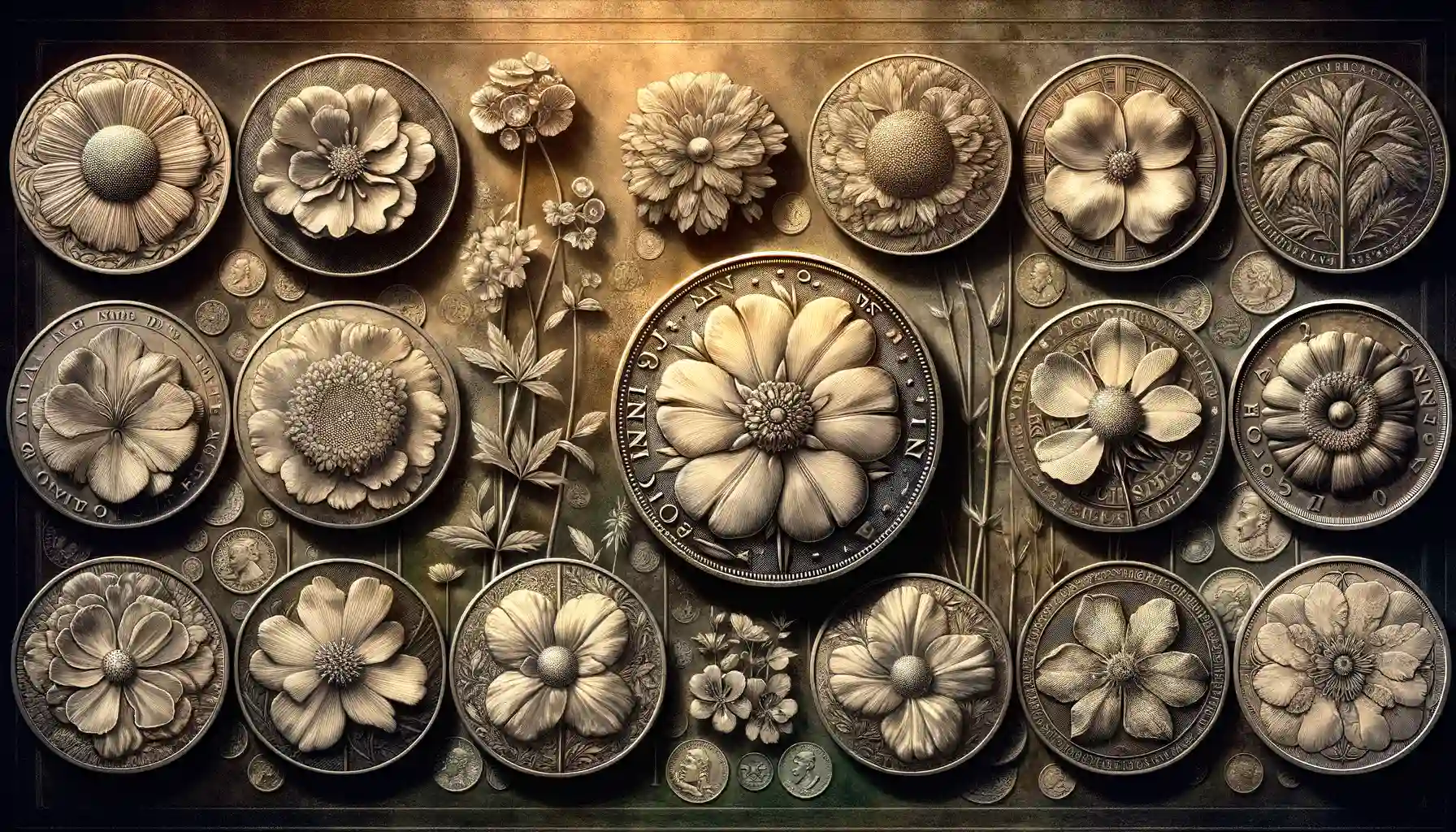
The Artistry Behind Floral Precision
Coins are tiny canvases, yet they manage to hold entire worlds within their gleaming surfaces. When it comes to flowers, the precision and skill required to bring their delicate beauty to life on metal is nothing short of extraordinary. Imagine sculpting the soft curve of a rose petal or the intricate folds of a lotus, not with brushes but with chisels, punches, and dies! It’s an art form that demands both technical mastery and an intimate connection with nature.
Artists often start with detailed sketches, translating the fluid grace of flowers into something tangible. Techniques like engraving and micro-relief sculpting are used to add depth and texture, making petals seem as though they might flutter in the breeze. Did you know that some artisans even study real blooms under magnification for inspiration?
- Hand engraving: Traditional and painstakingly intricate, this lends each coin a distinct, one-of-a-kind character.
- Laser etching: A modern twist, allowing for hyper-realistic details, down to the veins in leaves.
Whether ancient or contemporary, these methods give coins an emotional resonance—each bloom forever frozen, yet alive with meaning.
Regional Variations in Floral Representations
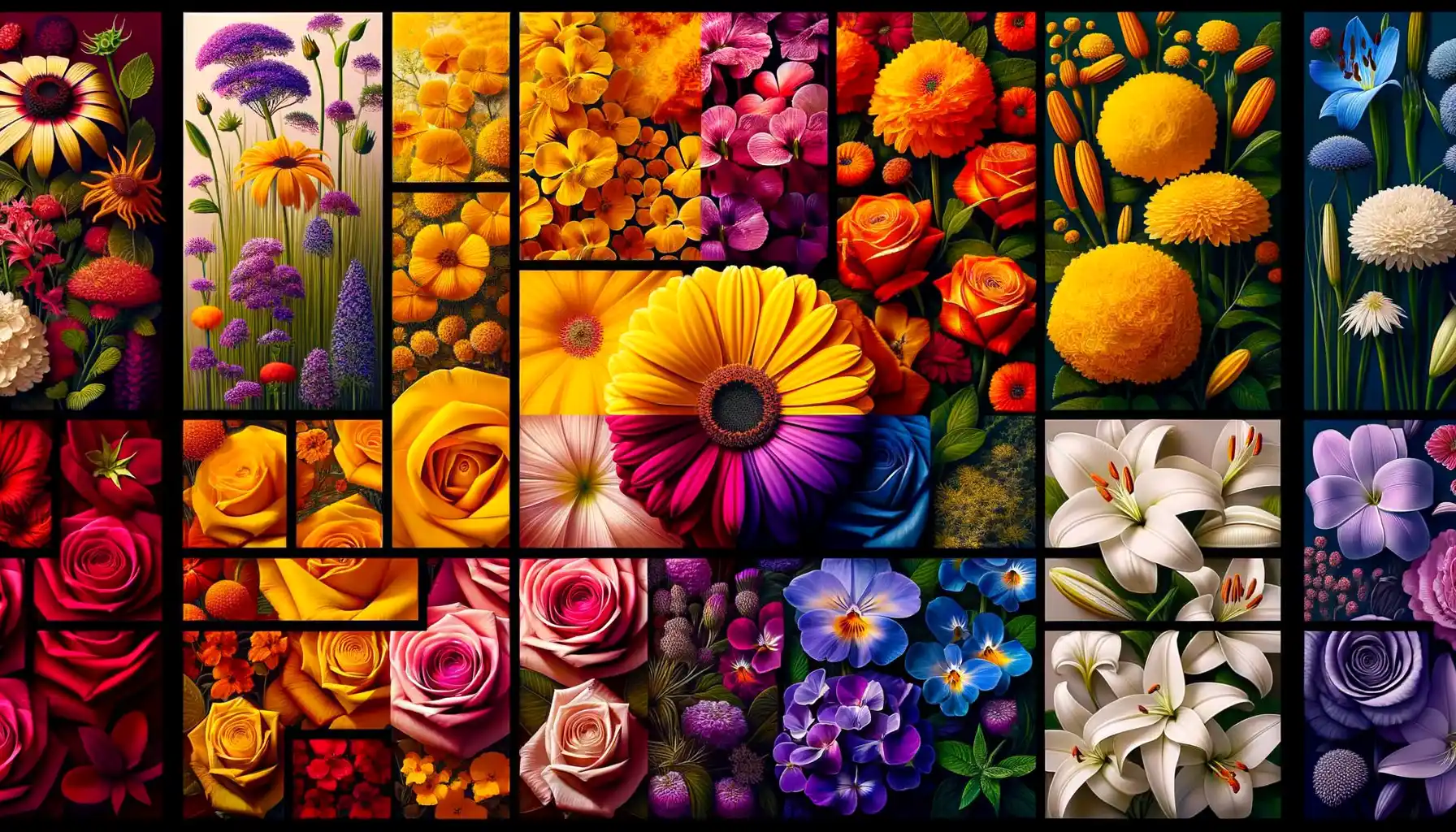
Blossoming Diversity Across Continents
Imagine holding a coin from Japan, its surface delicately etched with the graceful petals of the cherry blossom, a symbol of fleeting beauty and renewal. Now compare it to a French medal adorned with the proud, intricate curves of the fleur-de-lis, standing for purity and monarchy. The language of flowers on numismatic art changes not just in design but in meaning, whispering stories unique to each region’s history and culture.
In Asia, floral motifs often celebrate natural cycles and harmony:
- China’s coins frequently feature the bold peony, representing wealth and honor.
- India’s historical rupee designs bloom with the sacred lotus, a mark of spirituality and enlightenment.
Meanwhile, in Europe, the focus shifts to floral emblems deeply tied to identity. Consider Britain’s use of the rose, thistle, and shamrock together on Victorian florins—a botanical tribute to unity within diversity. Each petal tells a tale.
The Americas and Their Blooming Narratives
Crossing oceans, you find the Americas embracing native flora with pride. Mexico’s pesos highlight the nopal cactus flower, rooted in Aztec lore. In contrast, Canada celebrates its resilient landscapes with images of the maple leaf—not a flower, but evocative of nature’s abundance all the same. From continent to continent, no two blooms are ever alike on a coin’s shining face.
Modern Interpretations of Floral Motifs in Currency Design
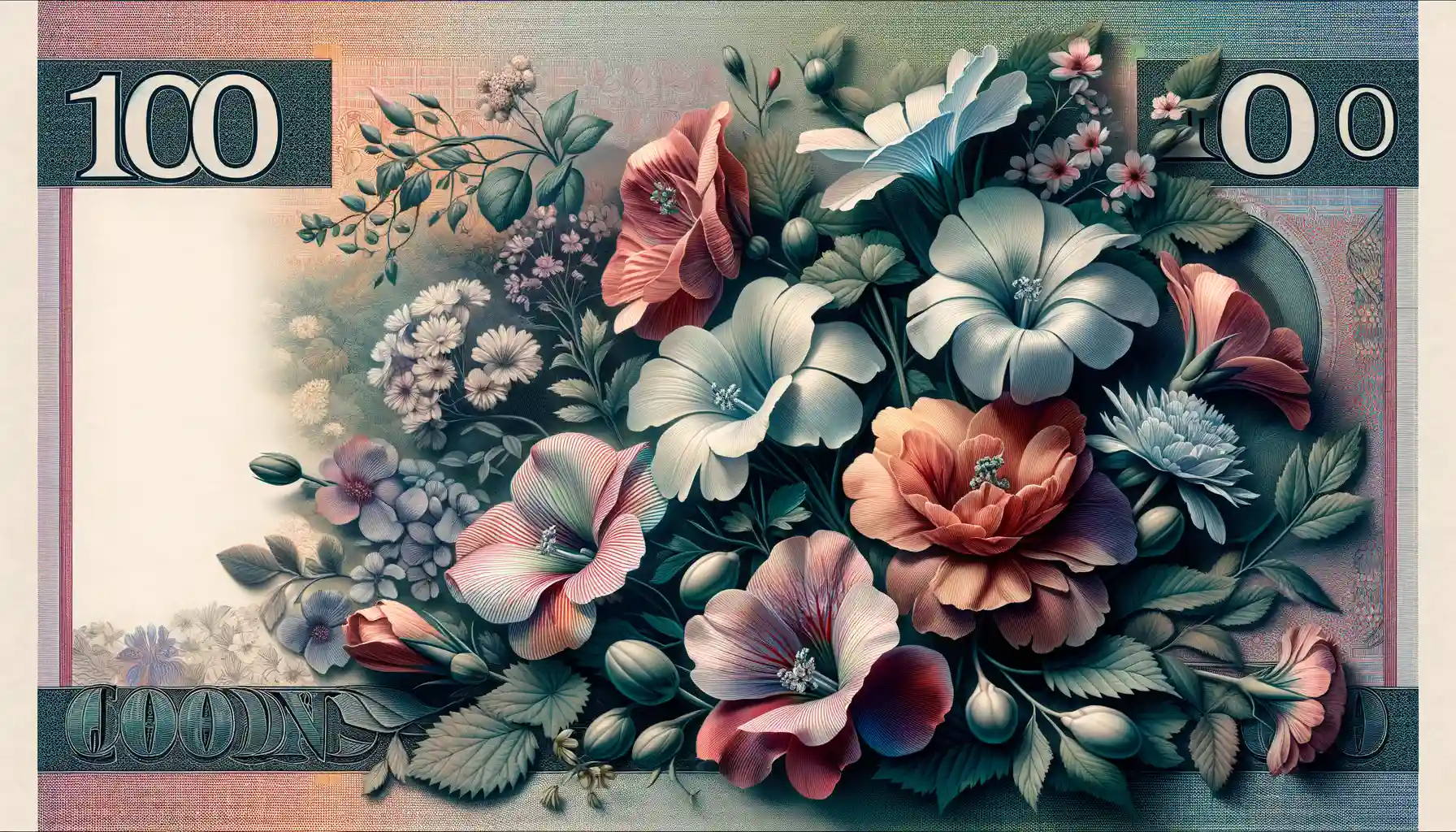
Where Art Meets Innovation in Currency Design
In today’s world, floral motifs are stepping out of their traditional roles and blooming into something breathtakingly modern on coins and banknotes. Gone are the days when flowers were just delicate, ornamental details. Now, they’re infused with contemporary artistry, telling stories that resonate with our times.
Take the striking use of the Sakura cherry blossom on Japan’s 500-yen coin. It’s not just a nod to beauty—it’s an emblem of resilience, renewal, and cultural pride. Or the Poppy featured on Canadian commemorative coins—a poignant tribute to remembrance and sacrifice.
Modern artists are pushing boundaries with digital techniques, micro-engraving, and even holographic finishes. Consider these trends:
- Abstract representations: Coins where flowers morph into geometric patterns, blending nature with futurism.
- Hidden layers: UV-reactive designs that reveal intricate blossoms under specific lighting—currency as a work of art!
This fusion of tradition and innovation doesn’t just appeal to collectors—it sparks curiosity in everyday hands. The next time you spot a floral motif in your pocket change, take a closer look. It might have a 21st-century twist whispering its story.
The Cultural Voices Behind the Blooms
Did you know that some modern currencies use flowers as “silent ambassadors” of their nations? For instance, the vibrant depiction of the Edelweiss flower on Swiss francs isn’t merely decorative. It’s a sly wink to Switzerland’s untouched nature and Alpine charm. Meanwhile, the Lotus on India’s rupee notes radiates more than elegance—it embodies spiritual awakening and purity.
Designers today often blend local traditions with cutting-edge concepts. On Azerbaijan’s manat, the stylized Narcissus bridges its ancient myths with sleek design elements, creating a visual language that speaks of heritage with modern flair. These flowers are no longer passive adornments—they’re storytellers, diplomats, and creatives rolled into one.

